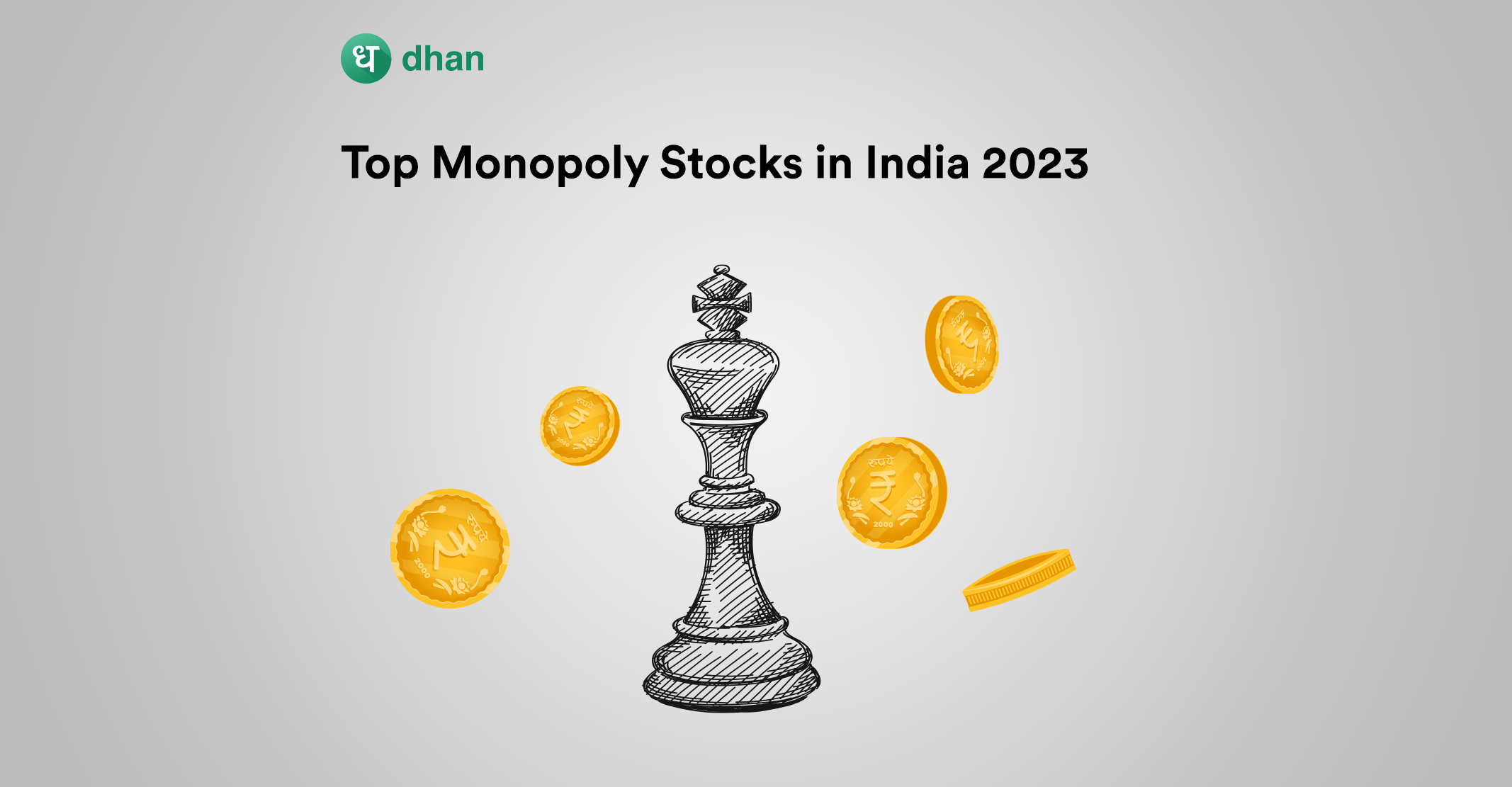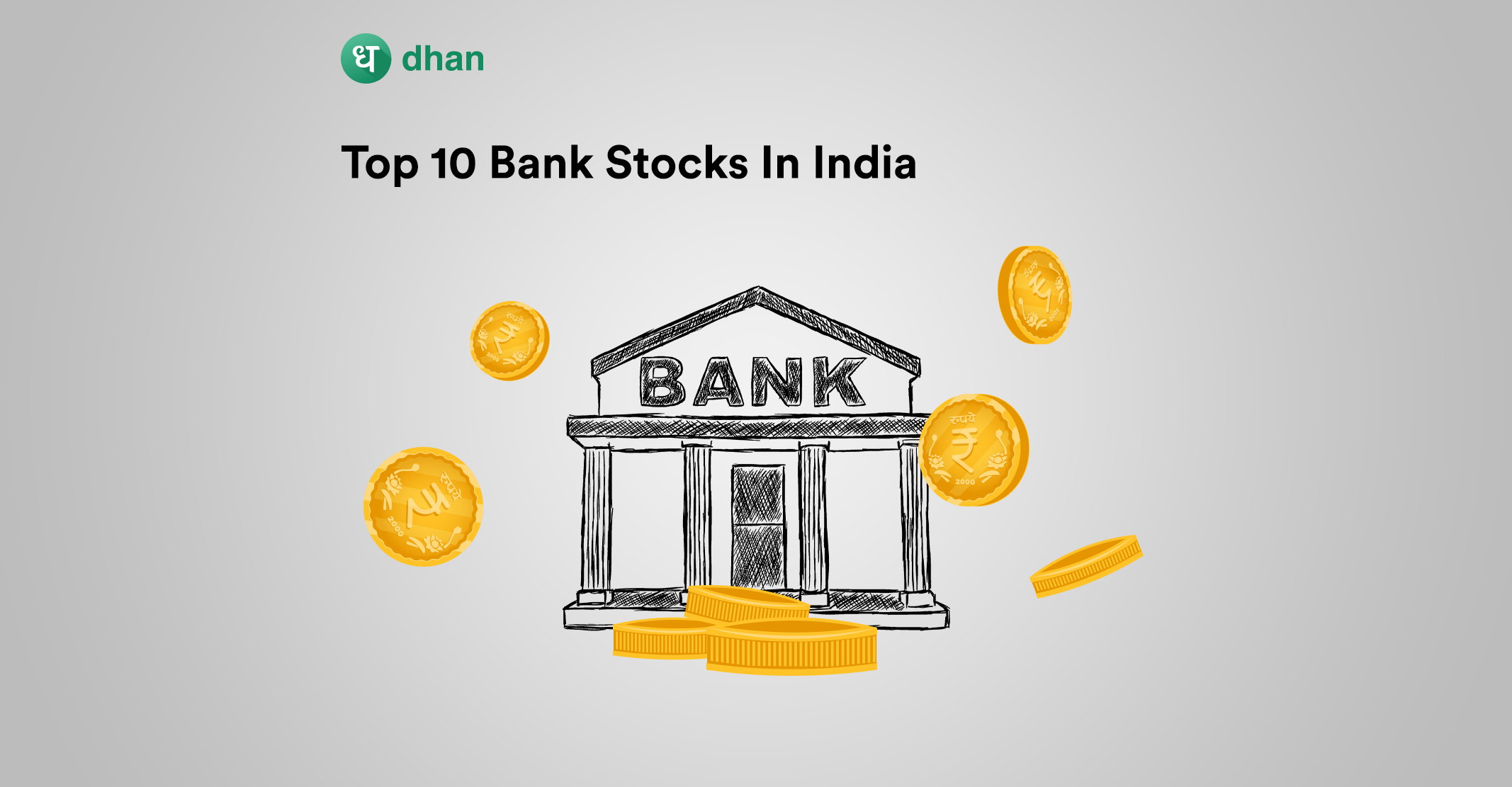Financial freedom is the ability to live comfortably without worrying about money. It is a life goal for many individuals and represents independence, security, and the ability to pursue your passion.
However, the journey towards financial freedom carries many challenges, especially in India. Does that mean it is not achievable? Read this blog to find out how to achieve financial freedom in India!
What is Financial Freedom?
Being financially free means having enough money to lead a fulfilling life and ensuring that there’s cover for all basic necessities with no reliance on a full-time job.
It involves having sufficient savings, investments, and/or passive income sources to keep up with your day-to-day needs for you and your family.
Financial freedom is thus a lifestyle and mindset.
While this may sound challenging, careful financial planning, budgeting, investing, and making wise choices for the long term can help you build toward being financially free.
Start by assessing your current financial situation. At the end of the day, only your finances alone have the ability to set you free. You will have to monitor and track these four elements of money in particular:
- Income
- Expenses
- Debt
- Investments
This self-assessment will help you lay the foundation for financial independence and take control of your financial future.
How to Achieve Financial Freedom in India?
Achieving financial freedom requires careful planning and disciplined execution.
As we’ve already discussed, financial freedom requires you to manage your finances smartly.
Here are essential tips to guide you on how to get financial freedom:
1. Creating a Budget and Stick to It
A budget is a plan for allocating money to various needs and wants of life. The 50-30-20 budgeting rule, for example, allows you to allocate:
- 50% to essentials (rent, groceries, and such)
- 30% to investments (stocks, bonds, mutual funds, and such)
- 20% to wants (new gadgets, dinner dates, and such)
Ensure that you create a realistic budget that aligns with your income and expenses. Sticking to this budget ensures financial control and helps you allocate funds toward your long-term goals.
2. Building a Strong Financial Foundation
Let’s face it – you need to invest in quality assets that can generate money consistently, not just when you’re working but also when you’ve retired. This is pivotal to becoming financially free in India.
Invest in diverse assets that range from equity to debt and fixed-income investments to ensure that your portfolio is balanced and geared towards making money regardless of the market/economic conditions.
You can choose from stocks, equity mutual funds, bonds, debt mutual funds, FDs, NPS, and many more investment options.
3. Reducing and Managing Debt
Bad debt is injurious to your financial health. It saps away your potential savings and the amount of money you’ll be able to pay your future self.
That’s why you need to avoid it. In fact, minimize high-interest debts and manage existing ones efficiently.
Reducing debt frees up your salary or other avenues of income, allowing you to invest in opportunities that contribute towards financial freedom.
4. Building an Emergency Fund
Establish an emergency fund to cover unexpected expenses. This fund acts as a financial cushion, ensuring stability during unforeseen circumstances and protecting your long-term financial plan.
Most working professionals like to keep 3 to 6 months of salary in their emergency fund. While this number can vary from person to person, it’s best to find an emergency corpus amount that works for you.
Top Money Management Strategies for Financial Freedom
Effective money management is crucial for financial freedom.
1. Save or Spend Based on Goals
Start by setting clear financial goals. Whether it’s buying a home, retirement, or an emergency fund, having a target motivates you to save.
2. Monitor Your Savings and Expenses
Monitor your income and expenses, and adjust your spending habits accordingly.
3. Diversify Beyond One Asset
You also need to prioritize reducing financial stress and freeing up resources for investment. Diversify your investments.
A mix of stocks, bonds, and real estate can provide both growth and security. Regularly review your financial plan.
Adjust it based on changes in income, expenses, or financial goals.
These strategies, when implemented consistently, can lead to effective money management and financial independence.
Steps to Get Closer to Financial Freedom
Getting closer to financial freedom is a continuous journey. It requires strategic planning, commitment, and the development of habits that are designed to bolster financial growth and stability. These include:
1. Creating Multiple Income Streams
Diversify your income sources. Whether through investments, side businesses, or freelance work, multiple income streams provide added security and accelerate your path to financial independence.
2. Continual Learning and Skill Development
Invest in yourself by continually learning and developing new skills. This personal growth enhances your earning potential and opens doors to new financial opportunities.
3. Staying Committed to Financial Goals
Stay focused and committed to your financial goals. Regularly review and adjust your plan, keeping your long-term objectives in sight. Persistence is key to financial success.
4. Developing Winning Habits
Cultivate habits that promote financial well-being. From disciplined saving to wise spending, these habits form the backbone of a successful financial strategy, bringing you closer to financial freedom.
5. Take Care of Your Health
Your health is perhaps much more valuable than the wealth you’ll generate. It is, in fact, as crucial to achieving financial freedom as money itself.
Remember to eat right, stay fit, and get regular health checkups done as and when you inch closer to the age of 30, 40, 50, and more.
Amidst the rush of saving money, don’t forget to get health and insurance coverage that protects you and your family.
Strategies to Achieve Financial Freedom
Achieving financial freedom can be a realistic goal with the right (realistic) strategies. Here are some effective approaches to help you build wealth and attain financial independence.
1. Living Below Your Means
Spend less than you earn. By living below your means, you create a financial cushion that allows for savings, investments, and financial security without unnecessary stress.
This may sound like a cliche but adopting a frugal lifestyle is advocated even by the likes of Warren Buffet, who is a billionaire.
At the same time, you must not cripple your joy of living life by cutting corners where it’s not necessary.
Realistic frugality will help you get the best out of yourself, your life, and your money to inch closer to financial freedom every day.
2. Follow F.I.R.E
Embrace the Financial Independence, Retire Early (F.I.R.E) approach. The logic behind F.I.R.E. is to save enough, save early, and retire before the widely accepted retirement age of 60.
While there are multiple types of F.I.R.E. that you can follow, you can choose one that fits your lifestyle, financial goals, and other factors.
In any case, your focus will be on aggressive saving and investing to achieve financial independence.
3. Save Rs.X for Every Rs.Y Spent
You may not always be able to live a frugal lifestyle and there may be instances where you splurge.
During such instances, adopting a saving rule such as saving Rs. 20 for every Rs. 100 splurged can be useful.
This approach encourages consistent saving and can help you grow your corpus over time.
Is it Possible to Achieve Financial Freedom in India?
Yes, achieving financial freedom in India is not only possible but realistic.
The fundamentals of Indians have always been solid. There is a culture of saving and investing that is imbibed in every individual from an early age.
It’s pretty common to see elders turn to FDs or NSCs while the new age is investing in stocks and mutual funds.
Furthermore, living below one’s means is also fairly common in India, as excessive splurging is often reserved only for landmark holidays.
Thus, Indians are positioned well to achieve financial independence.
With the right mindset, disciplined saving, wise investment choices, and a commitment to continuous learning, you too can work towards financial independence.
India’s growing economy and diverse investment opportunities provide awesome opportunities for financial growth.
There are challenges too as factors like the rising cost of living, exorbitant property rates, and difficulty finding jobs can put a damper on a positive future outlook for the country.
That said, all you need is a clear investment plan based on your risk profile and preferences combined with the determination to stick to the plan.
Conclusion
In India, achieving financing independence requires a strong commitment and strategic approach that includes disciplined saving, wise investment choices, financial literacy, and continuous learning.
Thus, financial freedom and the journey of achieving it in India begins with you. Embrace various investment strategies, stay committed to your goals, and always be on top of your finances.



